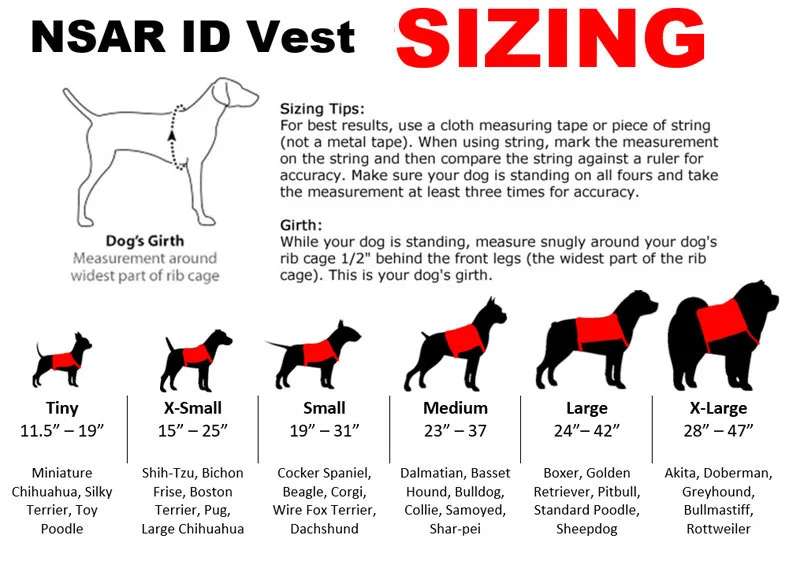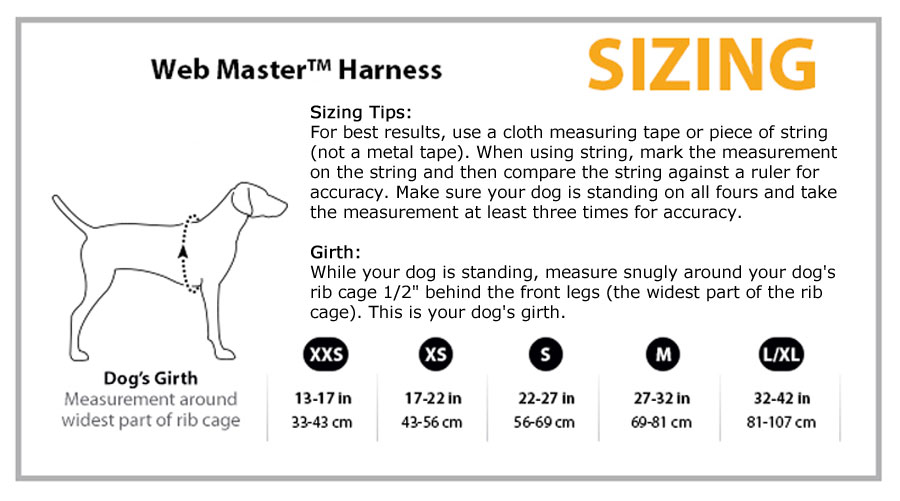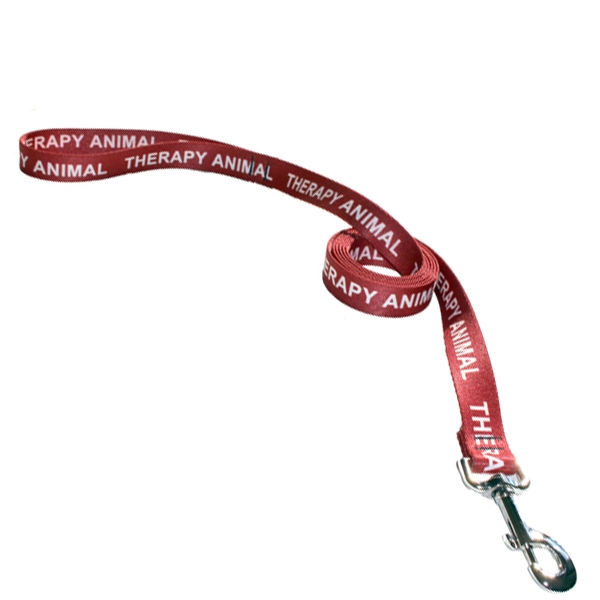
Emotional Support Animals (ESAs) provide unwavering companionship and emotional stability to their owners. Whether offering comfort during anxiety attacks or simply being a source of unconditional love, ESAs play a significant role in mental and emotional well-being. But how often do we consider their health in return? Just like humans, ESAs require regular medical check-ups to ensure they remain healthy, active, and capable of fulfilling their role effectively.
In this article, we’ll explore why consistent vet visits are essential for ESAs, what happens during these check-ups, and how they contribute to the overall well-being of your furry companion.
The Role of an ESA in Mental and Emotional Well-being
Unlike service dogs, which are trained to perform specific tasks for individuals with disabilities, ESAs provide comfort and companionship without requiring specialized training. Their presence can help alleviate symptoms of anxiety, depression, PTSD, and other mental health conditions. Because ESAs play such a vital role in their owner’s life, ensuring their health is paramount.
Key Reasons Why Regular Vet Visits Are Essential
1. Preventative Care and Early Disease Detection
Regular vet visits help identify potential health issues before they become serious. Early detection of conditions such as diabetes, heart disease, and arthritis can significantly improve an ESA’s quality of life and longevity. Preventative care includes:
- Routine bloodwork and screenings
- Checking for parasites (fleas, ticks, heartworms)
- Vaccinations to prevent illnesses like rabies and distemper
2. Ensuring Compliance with ESA Regulations
While ESAs do not require specialized training, many housing providers may request up-to-date vaccination records or a health certificate. Regular vet visits help maintain these records and ensure compliance with legal requirements.
3. Maintaining Optimal Nutrition and Weight
Obesity in pets can lead to severe health problems, including diabetes and joint pain. A veterinarian can assess your ESA’s diet, recommend appropriate nutrition plans, and monitor weight fluctuations that may indicate underlying health issues.
4. Behavioral Assessments and Emotional Well-being
ESAs must remain emotionally stable and well-behaved to support their owners effectively. If your ESA exhibits behavioral changes, such as excessive aggression or anxiety, a vet can help rule out medical causes and recommend behavioral strategies or dietary changes to improve their mood.
5. Dental Health Maintenance
Dental disease can be painful and lead to serious infections. Regular dental cleanings and check-ups prevent tooth decay, gum disease, and bacteria buildup that could impact your ESA’s overall health.
6. Parasite Prevention and Treatment
ESAs that travel frequently or interact with other animals are at risk for fleas, ticks, and internal parasites. Routine vet visits help ensure they receive proper preventatives to keep them parasite-free.
What to Expect During a Routine Vet Visit
A typical vet visit for an ESA includes:
- Physical Examination – Checking weight, coat condition, eyes, ears, and overall physical health.
- Vaccinations and Boosters – Ensuring up-to-date protection against preventable diseases.
- Parasite Screening – Conducting fecal tests and prescribing preventatives if needed.
- Behavior and Mental Health Evaluation – Discussing any unusual behaviors or mood changes.
- Diet and Nutrition Counseling – Offering recommendations for balanced meals.
Practical Tips for a Stress-Free Vet Visit
- Schedule Visits Regularly – Don’t wait for illness to arise; plan bi-annual check-ups.
- Use Positive Reinforcement – Reward your ESA with treats and praise to create positive associations.
- Choose a Pet-Friendly Vet – Find a veterinarian experienced in handling ESAs.
- Prepare Necessary Documents – Bring medical records, ESA certification, and any concerns in writing.

Frequently Asked Questions (FAQs)
1. How often should I take my ESA to the vet?
At least once a year for a general check-up, but bi-annual visits are recommended for older pets or those with existing health conditions.
2. Does my ESA need vaccinations?
Yes, vaccinations protect your ESA from common diseases and may be required for housing or travel.
3. Can a vet write an ESA letter?
No, only licensed mental health professionals can prescribe an ESA letter, but a vet can provide health documentation needed for housing or travel.
4. What if my ESA is afraid of the vet?
Gradual exposure, calming treats, and using a familiar blanket or toy can help reduce anxiety.
Conclusion
Regular vet visits are not just about meeting legal requirements; they’re about ensuring your ESA remains happy, healthy, and capable of providing the emotional support you rely on.
Do you need help obtaining an ESA letter or understanding ESA regulations? Contact us today for expert guidance, and ensure your beloved companion gets the best care possible!























